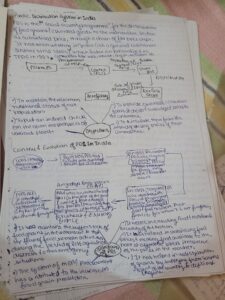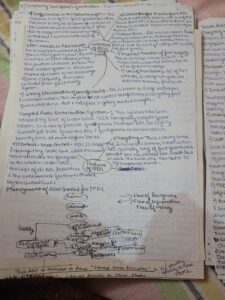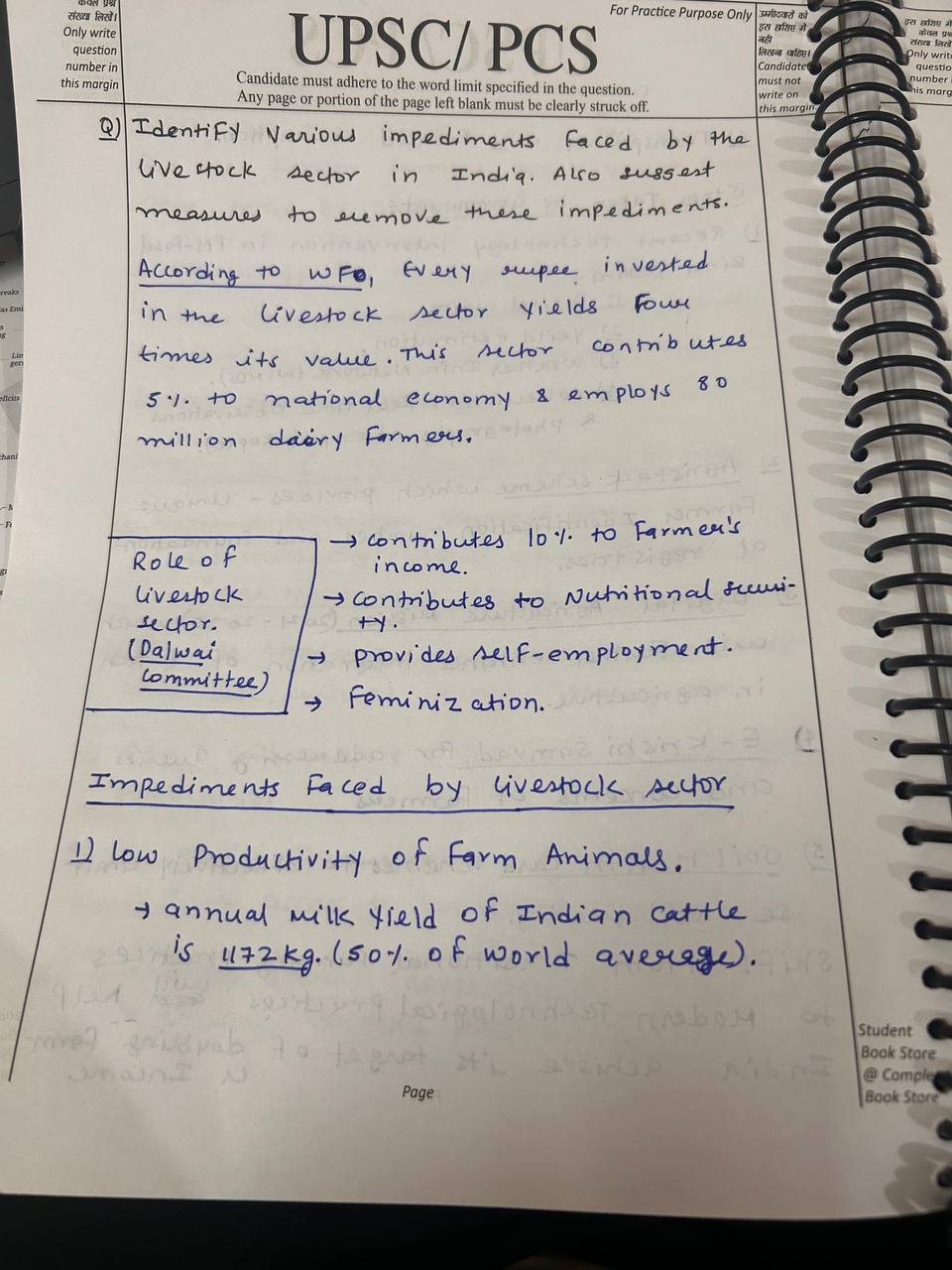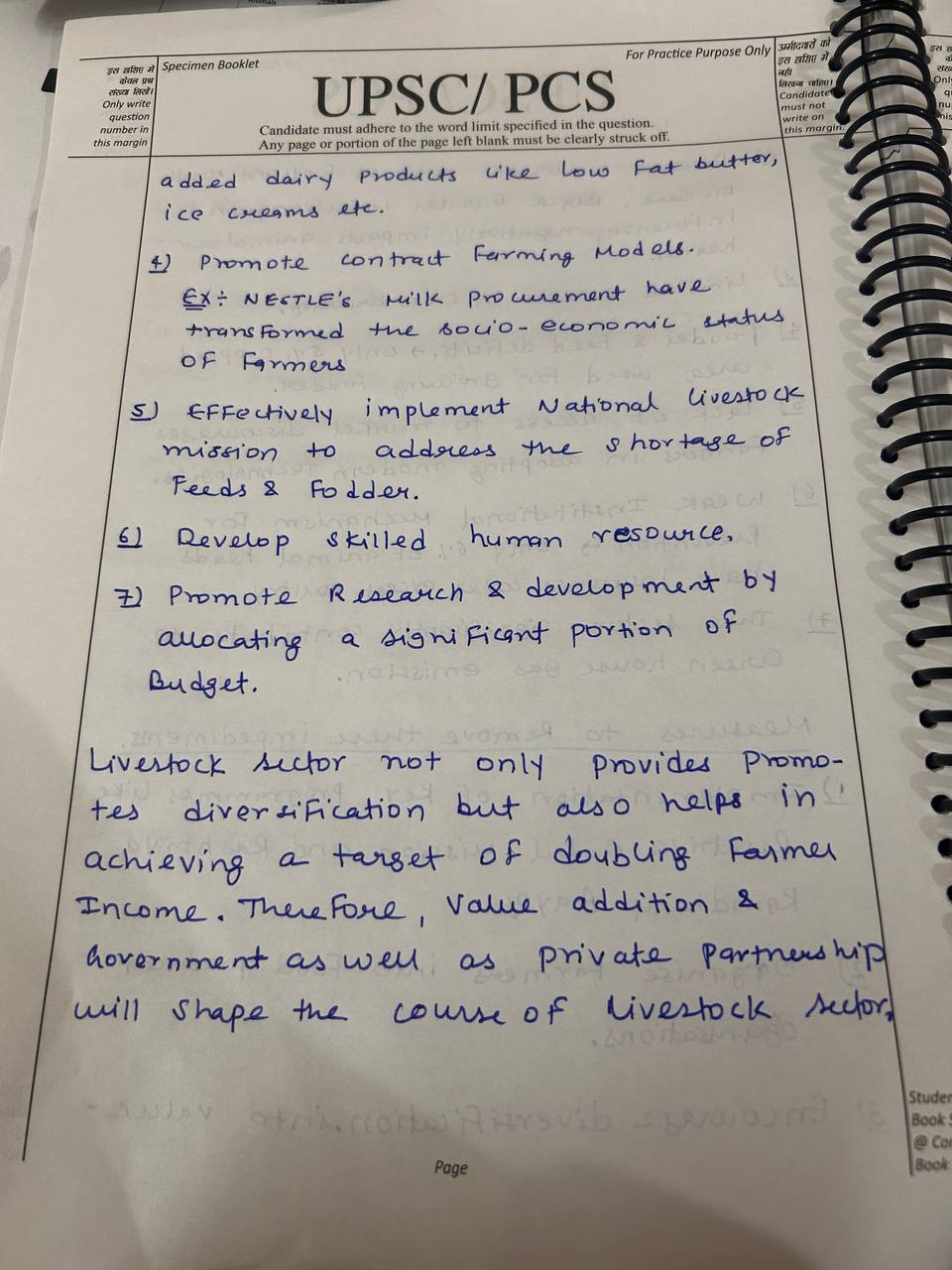List the several obstacles that India’s cattle industry faces. Additionally, recommend actions to get rid of these obstacles.(Answer in 200 words)
Definition: Supply Chain Management (SCM) involves the coordination and management of all activities involved in the production, processing, and distribution of goods from raw materials to the final consumer. It encompasses procurement, logistics, inventory management, and distribution. Importance iRead more
Definition: Supply Chain Management (SCM) involves the coordination and management of all activities involved in the production, processing, and distribution of goods from raw materials to the final consumer. It encompasses procurement, logistics, inventory management, and distribution.
Importance in Food Processing Industry in India:
- Efficiency Improvement: SCM optimizes processes, reducing waste and lowering costs. For instance, efficient logistics and inventory management in the food processing sector reduce spoilage and improve shelf life.
- Quality Control: Effective SCM ensures consistent quality by monitoring every stage from raw material sourcing to processing. This is crucial for maintaining standards and food safety.
- Market Responsiveness: SCM enhances the ability to respond quickly to market demands and changes, ensuring timely delivery of processed food products.
- Cost Reduction: Streamlined supply chains reduce operational costs and enhance competitiveness in the food processing industry, which is vital for a cost-sensitive market like India.
In summary, SCM is crucial for improving efficiency, quality, and responsiveness in India’s food processing industry, driving overall growth and sustainability.
See less





See less